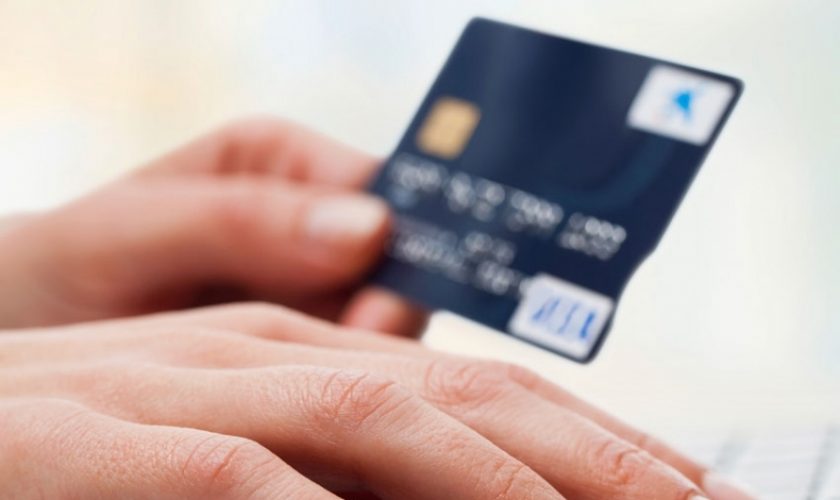Mobile banking has transformed the financial landscape, presenting an array of conveniences, advantages, and considerations for consumers. In this guide, we’ll discuss everything in detail about mobile banking, its evolution, advantages, and how it shapes the future of financial services.
Mobile Banking: A Modern Revolution
Mobile banking uses smartphones or tablets to manage banking accounts and conduct financial transactions. Banks and financial institutions offer this service, enabling customers to remotely perform a broad spectrum of financial activities.
Whether it’s checking account balances, paying bills, transferring funds, or applying for loans, mobile banking has evolved into a holistic solution for diverse financial needs.
The Advantages of Mobile Banking
- Unparalleled Convenience: Mobile banking eliminates the need to visit physical bank branches. Customers can access their accounts around the clock, from any location, saving precious time.
- Real-time Transactions: Immediate updates on account balances and transactions always give customers control over their financial activities.
- Robust Security Features: Mobile banking applications are fortified with security measures like biometric authentication, secure login methods, and encryption, ensuring the safeguarding of sensitive financial data.
- Effortless Bill Payments: Paying bills becomes hassle-free with just a few taps on a smartphone, significantly reducing the chances of missing due dates.
- Swift Fund Transfers: Transferring money to family or between accounts is swift and secure through mobile banking applications.
- Check Deposits Made Easy: Many mobile banking apps now allow users to deposit checks by simply capturing an image, eliminating the need for physical visits to a bank branch.
- Customized Notifications: Customers can set up alerts and notifications for various account activities, enhancing financial vigilance and early detection of any irregular transactions.
Considerations and Tips for an Optimal Mobile Banking Experience
To maximize the benefits of mobile banking while ensuring a secure experience, here are essential considerations and recommendations:
- Secure Network Usage: Avoid conducting banking activities on public Wi-Fi networks. Opt for secure, private networks to protect your data from potential threats.
- Regular App Updates: Keeping your mobile banking app up to date ensures you benefit from the latest security features and bug fixes, enhancing your app’s robustness.
- Multi-Factor Authentication: Whenever available, enable multi-factor authentication for an additional layer of account security.
- Active Account Monitoring: Routinely monitor your accounts for any unauthorized or suspicious transactions. Promptly report any irregularities to your bank.
- Stay Informed: Keep yourself informed about the latest security threats and best practices in mobile banking, empowering you to protect your financial assets effectively.
The Future of Mobile Banking
Mobile banking’s future promises more innovations, from integrating investments, insurance, and discounts to enhancing customer experience. As financial institutions adapt to the digital age, mobile banking is set to play a central role in delivering versatile and accessible financial services.
Conclusion
Mobile banking has matured into an indispensable facet of modern banking, offering numerous benefits and only a few considerations. It empowers consumers to take control of their finances, saving time and offering convenient account management at their fingertips. By staying informed and practicing vigilance, users can enjoy the full potential of mobile banking while ensuring the security of their financial information.
If you’re ready to revolutionize your banking experience, look no further than the IDFC FIRST Mobile Banking App. Download now to enjoy convenient and secure banking services.
















